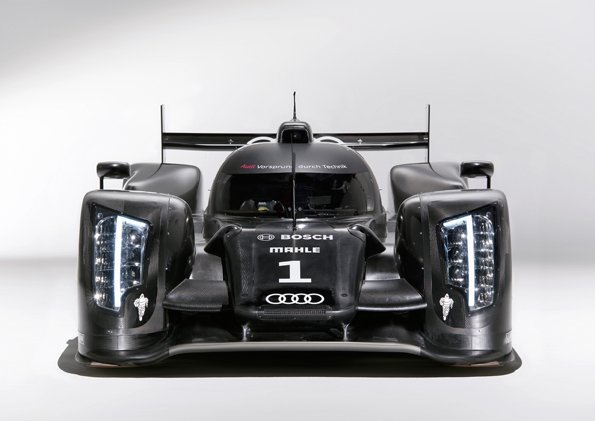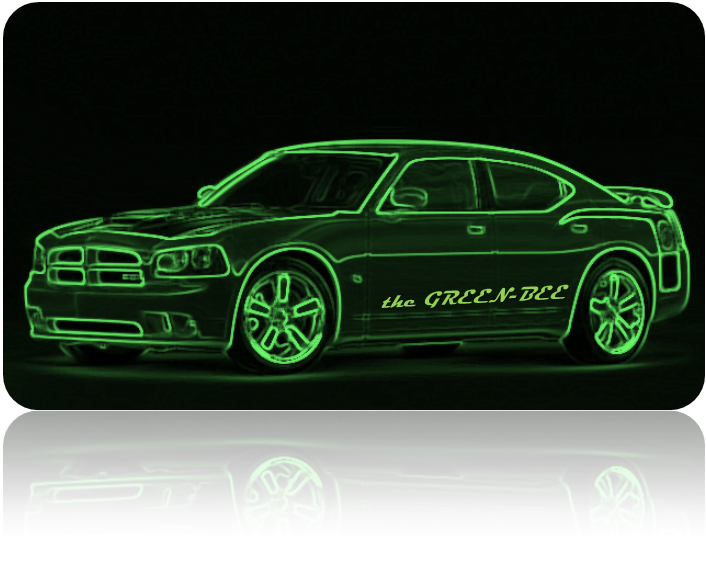In 2005 I wrote about a story in Wired called “Green Berets Prefer Biodiesel” where the military said they had found ways to reduce dependence on foreign oil. In 2006 I gave the following analysis on advances in diesel technology — quiet, fuel-efficient engines reduce risk and save lives:
Even the HumVee is going to [diesel-electric hybrid] (rebranded the Shadow RST-V), according to military.com. They wax poetic about “going green”, but let’s face it, dependence on fuel is a giant security vulnerability issue — the more efficient a vehicle the less risk to soldiers from a supply chain.
Technically I was wrong about the rebrand — the Shadow RST-V was a DARPA and ONR project for a Marine Corp deep reconnaissance vehicle. Nonetheless, reduced dependence on fuel, quieter operation (e.g. element of surprise), and more environmental features (e.g. drinking-water recapture systems from exhaust) should be in high demand beyond the Marines. However, that paradigm of innovation is pretty much the very opposite of what American car companies seem to want to sell to the American consumer. A Dodge Charger or a Cadillac Escalade makes about sense to me as a team of Clydesdale horses parked in my garage. Sure, they look pretty, but the smell, noise and mess is unacceptable.
Thomas Friedman now writes in the NYT that the US military is now forcing greater demand for efficient vehicles based on data that shows fuel efficiency saves American lives
Spearheaded by Ray Mabus, President Obama’s secretary of the Navy and the former U.S. ambassador to Saudi Arabia, the Navy and Marines are building a strategy for “out-greening” Al Qaeda, “out-greening” the Taliban and “out-greening” the world’s petro-dictators. Their efforts are based in part on a recent study from 2007 data that found that the U.S. military loses one person, killed or wounded, for every 24 fuel convoys it runs in Afghanistan. Today, there are hundreds and hundreds of these convoys needed to truck fuel — to run air-conditioners and power diesel generators — to remote bases all over Afghanistan.
Mabus’s argument is that if the U.S. Navy and Marines could replace those generators with renewable power and more energy efficient buildings, and run its ships on nuclear energy, biofuels and hybrid engines, and fly its jets with bio-fuels, then it could out-green the Taliban — the best way to avoid a roadside bomb is to not have vehicles on the roads — and out-green all the petro-dictators now telling the world what to do.
Unlike the Congress, which can be bought off by Big Oil and Big Coal, it is not so easy to tell the Marines that they can’t buy the solar power that could save lives.
Nerds win, finally. And the smart choice does not have to be ugly. The Shadow RST-V looked pretty cool for 2006.
Fast-forward to this year’s diesel V-6 (yes, it’s a V-6) powered Audi race car with some amazing lines designed to reduce drag and the frequency of pit-stops.

My only beef with Friedman is that he makes reference to the Prius instead of the real future of efficiency — surging diesel innovation and demand. That doesn’t make sense since he mentions at least two diesel military vehicles:
…the Navy has tested its RCB-X combat boat on a 50-50 blend of algae and diesel, and it has tested its SH-60 helicopter on a similar biofuel blend.
Neither of these examples compare well with the gasoline-based Prius, which has barely evolved since its main advocate and “Toyota hybrid guru” died in a plane crash on November 25th, 2006. They do, however, compare well with the VW, Honda, Subaru, Audi, Lexus, Mercedes, or BMW diesel vehicles, which also can run 50-50 on algae. Hmmm, strange that there are no American-made options in that list of manufacturers. Cadillac still might be the best hope, as I wrote in 2008. I have pretty-much given up on them but maybe, just maybe, someone at Dodge is looking at an SH-60 engine and thinking about a revised Super Bee that at least doubles its MPG without losing a second on the track.
They could start by just replacing the Hemi V8 SRT 6.1L (425hp, 420 lb-ft torque) with an upgraded V6 6.7L Cummins turbo diesel (350hp at 3,013rpm, 650 lb-ft torque at 1,500rpm); yes, again it’s a V6. Then give the new diesel Super Bee something Tron-ish looking with an “out-green” theme. Maybe call it the anti-terrorism machine…the Green Bee:

